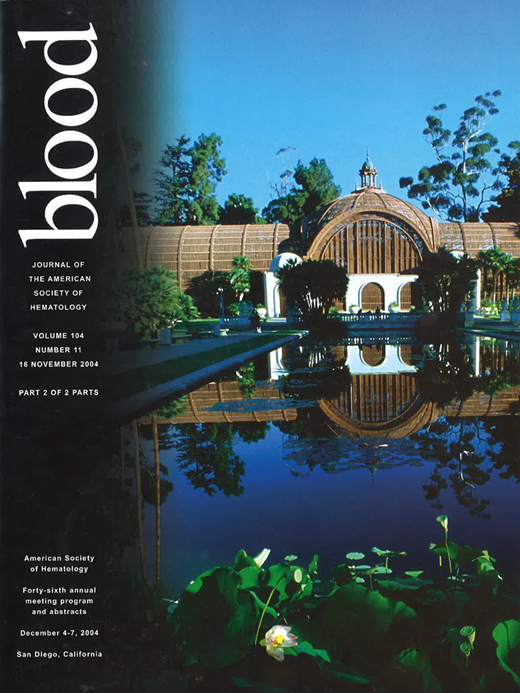Abstract
Methods: In the Nordic Lymphoma Group MCL Project newly diagnosed stage II-IV MCL patients < 66 years receive induction treatment and peripheral-blood stem-cell (PBSC) harvest, followed by BEAM/BEAC with PBSC support. In the MCL1 Protocol, the induction was maxi-CHOP x 3 (CTX 1200 mg/m2, doxorubicin 75 mg/m2, VCR 2mg D1, prednisolone 100 mg D1-5). Stem-cells were mobilised by maxi-CHOP + G-CSF. Because of the high failure rate in MCL1 (Figure 1) the MCL2 protocol was activated adding 2 series of high-dose Ara-C (3g/m2 BID D1-2) and 2 standard doses of rituximab (R) (375 mg/m2) to the induction program. Stem cells were mobilised by Ara-C + G-CSF + rituximab D1 + D9 for in-vivo purging. In both protocols patient-specific molecular markers were sought established before treatment start, and stem-cells and follow-up blood and bone-marrow samples assessed for MCL by PCR or flow cytometry.
Results: Table 1
Compared Results of the Nordic Lymphoma Group MCL1 and MCL2 Protocols
| NORDIC MCL PROTOCOL # . | MCL1 (1997–2000) . | MCL2 (2000-) . | P value . |
|---|---|---|---|
| Supported by the Nordic Cancer Union | |||
| No. of Pts included/eval. for response | 42/42 | 120/88 | |
| Response pretransplant | 31/42 | 86/88 | 0.002 |
| CR/resp pretransplant | 11/31 | 51/86 | 0.04 |
| No. transplanted | 27 | 86 | |
| Eval. for response posttransplant | 27 | 82 | |
| CR/Response posttransplant | 25/27 | 76/82 | NS |
| Molecular response posttransplant | 5/13 | 38/42 | 0.0003 |
| PCR-neg. stem-cell products (of tested) | 2/16 | 22/25 | 0.00005 |
| 3-year failure-free survival (104 pts eval.) | 24% | 68% | 0.0001 |
| 3-year relapse-free survival (RFS) | 45% | 76% | 0.04 |
| 3-year molecular RFS survival | ND | 67% | |
| 3-year overall survival | 60% | 85% | 0.02 |
| NORDIC MCL PROTOCOL # . | MCL1 (1997–2000) . | MCL2 (2000-) . | P value . |
|---|---|---|---|
| Supported by the Nordic Cancer Union | |||
| No. of Pts included/eval. for response | 42/42 | 120/88 | |
| Response pretransplant | 31/42 | 86/88 | 0.002 |
| CR/resp pretransplant | 11/31 | 51/86 | 0.04 |
| No. transplanted | 27 | 86 | |
| Eval. for response posttransplant | 27 | 82 | |
| CR/Response posttransplant | 25/27 | 76/82 | NS |
| Molecular response posttransplant | 5/13 | 38/42 | 0.0003 |
| PCR-neg. stem-cell products (of tested) | 2/16 | 22/25 | 0.00005 |
| 3-year failure-free survival (104 pts eval.) | 24% | 68% | 0.0001 |
| 3-year relapse-free survival (RFS) | 45% | 76% | 0.04 |
| 3-year molecular RFS survival | ND | 67% | |
| 3-year overall survival | 60% | 85% | 0.02 |
Posttransplant maintenance treatment: In MCL2, patients in clinical stable response but molecular relapse are offered R 4 std. doses. So far, isolated molecular relapse occurred in 11 pts. of whom 10 received R: Four became PCR neg., one did not respond and later relapsed, five are not yet evaluable. Conclusion: By comparing MCL1 results with preliminary results of the still ongoing MCL2 study we conclude that the addition of HD Ara-C and R to the induction treatment significantly increases the
• clinical response rate pretransplant
• molecular response rate
• No. of tumor-cell free grafts
• failure-free, relapse-free and overall survival
Rituximab maintenance treatment can induce 2nd molecular remission, the clinical significance hereof still unknown.
Author notes
Corresponding author


